The Pune-based Varsha Forgings Limited has had a long cycle of continuous enhancement of its domain expertise in torque rods and V-links for commercial vehicles and this has not only helped it to tide the recessionary phase but has kept it well prepared for the growth curve that lies ahead.
Text: Leon Martin Ray
With the lift of ban on mining in India and positive vibes following the Union Budget, the commercial vehicle (CV) sector certainly spells good news for many companies. And this is true for Pune-based Varsha Forgings Limited (VFL) too a leading manufacturer of precision automotive components catering to the needs of commercial vehicle OEMs since 1986. VFL’s expertise is related to the development of profile and intricate shape forgings. The success story of VFL began when it sensed an opportunity to supply forgings to MAN Trucks India which was also looking for a solution to reduce the cost of the torque rod for their truck and tipper applications through localization. “We developed the torque rod as per the stringent specifications laid down by MAN Trucks India, overcoming technological limits through engineering excellence,” recalls Jinendra Munot, Chairman, VFL.
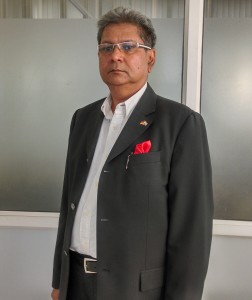
Buoyed by the success of this project, VFL established a chassis and suspension division in 2007 with plants located in Aurangabad and Pune. It then developed indigenous technology with hot crimping groove design to impart strength to torque rods and got this validated from several OEMs. “We started commercial supplies to MAN Trucks India since December 2007 and Ashok Leyland since 2008. Meanwhile, the product was also approved by the Automotive Research Association of India (ARAI) and this turned out to be a milestone in many ways because we succeeded in getting patents for seven groove designs from the Indian government in 2012-13 besides quality accreditation ISO/TS 16949 in 2009,” Munot informed.
Tiding on this wave of acceptance, VFL also started supplying to Taco Hendrickson Ltd., which supplies suspension parts to Tata Motors. VFL now caters to the torque rod and V-link requirements of Tata Prima truck as well as construction and mining vehicles. Even Daimler India Commercial Vehicles Ltd (DICV) has selected VFL as a dependable source for the development and procurement of torque rods and V-links for their new generation as well as regular commercial vehicles. “The local sourcing of these components by DICV yielded in huge cost savings,” Munot said.
For VFL, the expansion has a direct link to its emphasis on continuous research and development. Elaborates Munot, “To be able to ensure quality, we developed our in-house infrastructure for manufacturing torque rods and V-links from the fitment and functional point of view. We installed test rigs for optimum design to satisfy the OEMs’ specific load conditions of pull out, buckling test, and hit to obstacle test. The ball joint assembly used in the torque rod assembly was also tested for various testing of loads for stiffness in axial and radial direction. A conical cardanic stiffness test was also carried out for ball joints. These tests were aimed at providing technologically superior products to commercial vehicle manufacturers in India and abroad.”
Torque rods and V-links came to complement other VFL products like sector shaft, pitman arm, differential case and housing, lower arms, crown wheel and pinion, flanges, steering arms and end covers, which find use in commercial vehicles. Some of these parts find use in the manufacture of steering gear aggregates, which are supplied to commercial vehicle manufacturers by a tier 1 supplier. “The earlier version of the torque rod was with an eye end welded to the tube. Crimping was subsequently introduced in place of welding. To impart adequate strength with reference to the actual vehicle load condition and field trial experience, we developed a seven-groove design,” Munot explained.
The scope for such product development and expansion remains huge. Munot said “OEMs are also looking for adjustable radius rod design as against the conventional fixed ones. We have developed the infrastructure to manufacture such rods and feedback from the OEMs will further enhance our confidence for adaption of newer technologies such as the use of polyurethane bushes.” As such, the company’s vision is now set on tapping the global market in a big way. “World renowned commercial vehicle manufacturers like Daimler, Paccar, Scania and Tata Daewoo are enthusiastic to work with VFL for the development of the torque rod and V-link. The showcasing of our technologies and infrastructure at such shows like the Auto Expo and ACMA Automechanika has fetched a very positive response from both domestic and global players” Munot highlighted. VFL received the ‘India SME Excellence Award’ in the category of innovation in 2014 for the development of torque rod and V-link.
VFL’s plan to become bigger is also supported by the fact that the commercial vehicle industry is showing some signs of recovery with volume revival after 2 years of downtrend. Munot stated, “Due to this stability the sentiments are quite positive. Also, the growth steps initiated by the new government and the renewed thrust on infrastructure development will provide a spurt in demand. The lift on mining is one such step in the right direction. We are therefore prepared with both short-term and long-term initiatives to address larger volumes.” VFL manufactures 1, 20,000 torque rods and 60,000 V-links per annum.
Further, to offer a one-stop solution to commercial vehicle and tractor OEMs, VFL recently inked a joint venture with T&G South Korea (Korea Central Corporation). The new company, KCTR Varsha Automotive, based at Pune, manufactures steering linkages and suspension parts like drag link, tie rod and ball joint assemblies. “We are a customer-driven company and have always worked closely with our clients, and will continue to work with them for the development of new products,” Munot pointed out.
Elaborating about the market size for commercial vehicles and the impact will it have on VFL’s future growth plans, Munot said, “The overall commercial vehicle production showed de-growth of 0.28% in 2015 as compared to fiscal 2014 whereas the M&HCV segment showed positive growth of 21.21%. Our products fall in the M&HCV segment which is expected to grow 13% CAGR in fiscal 2015-16 based on solid GDP growth expectation of 6.5%.” For VFL, the recessionary phase has been put to good use. It allowed the company to improve its internal manufacturing processes and plug the leaks in operation cycles. “We reduced the inventory, modernised the plant with new equipments, eliminated waste, studied the aftermarket potential for spares and identified new products for development,” Munot informed.


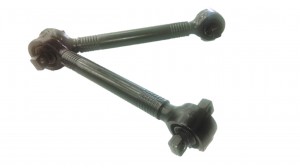


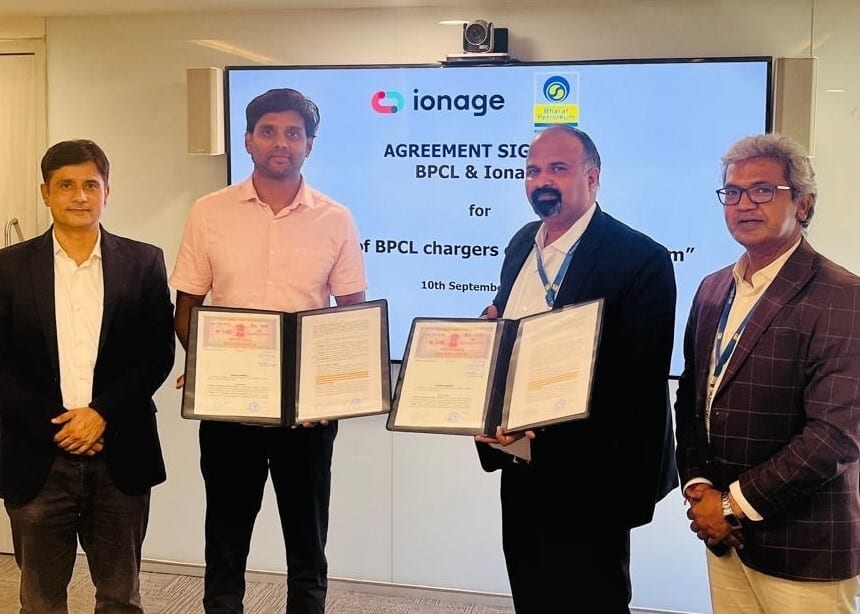

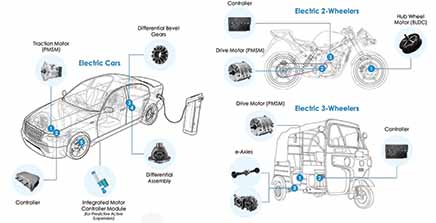



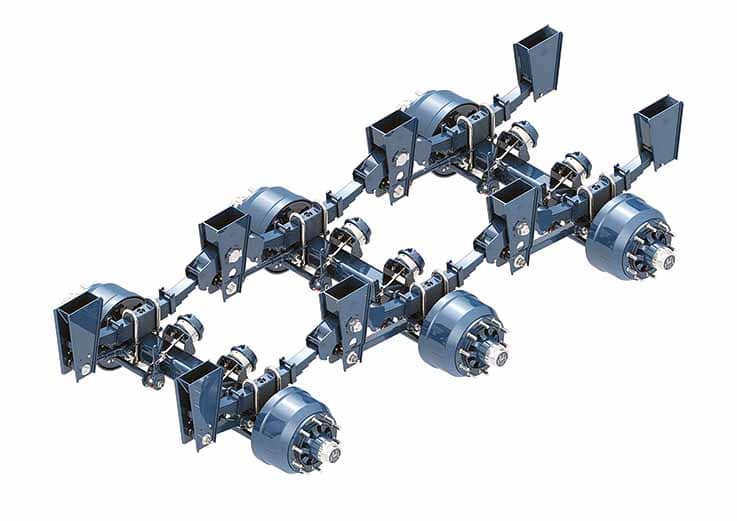


Leave a Reply